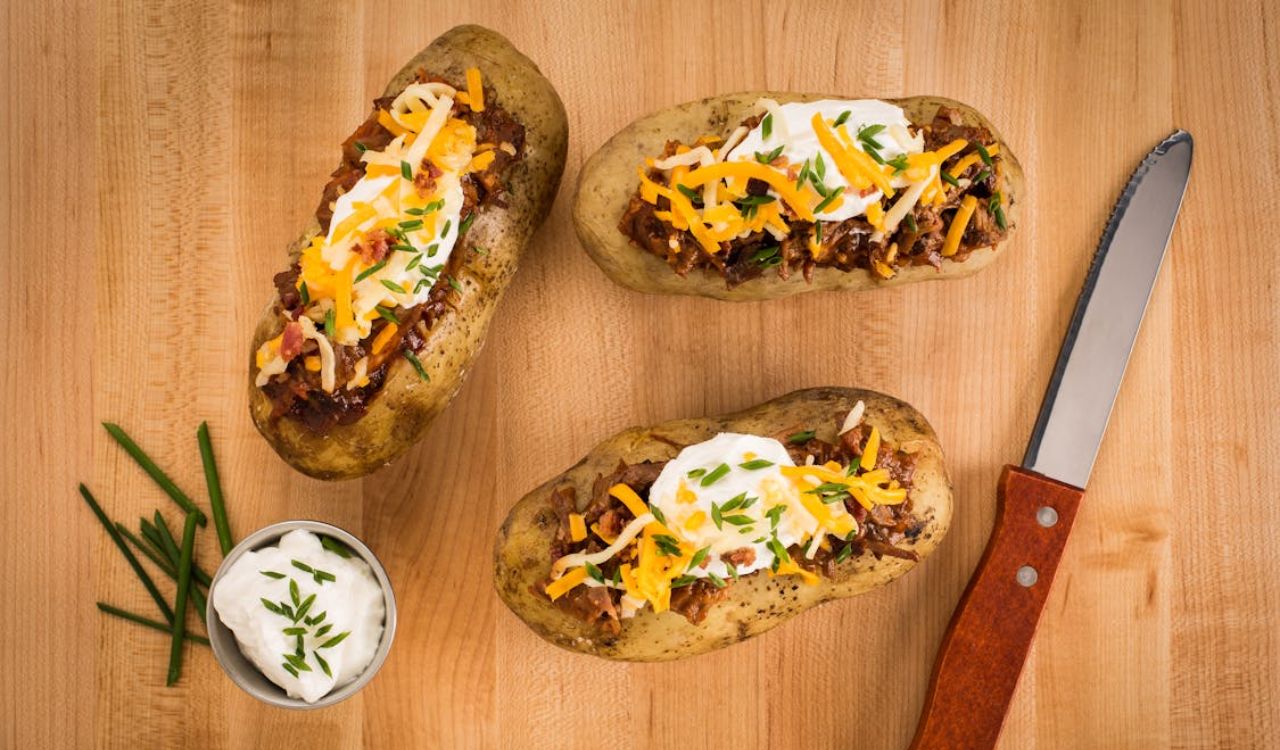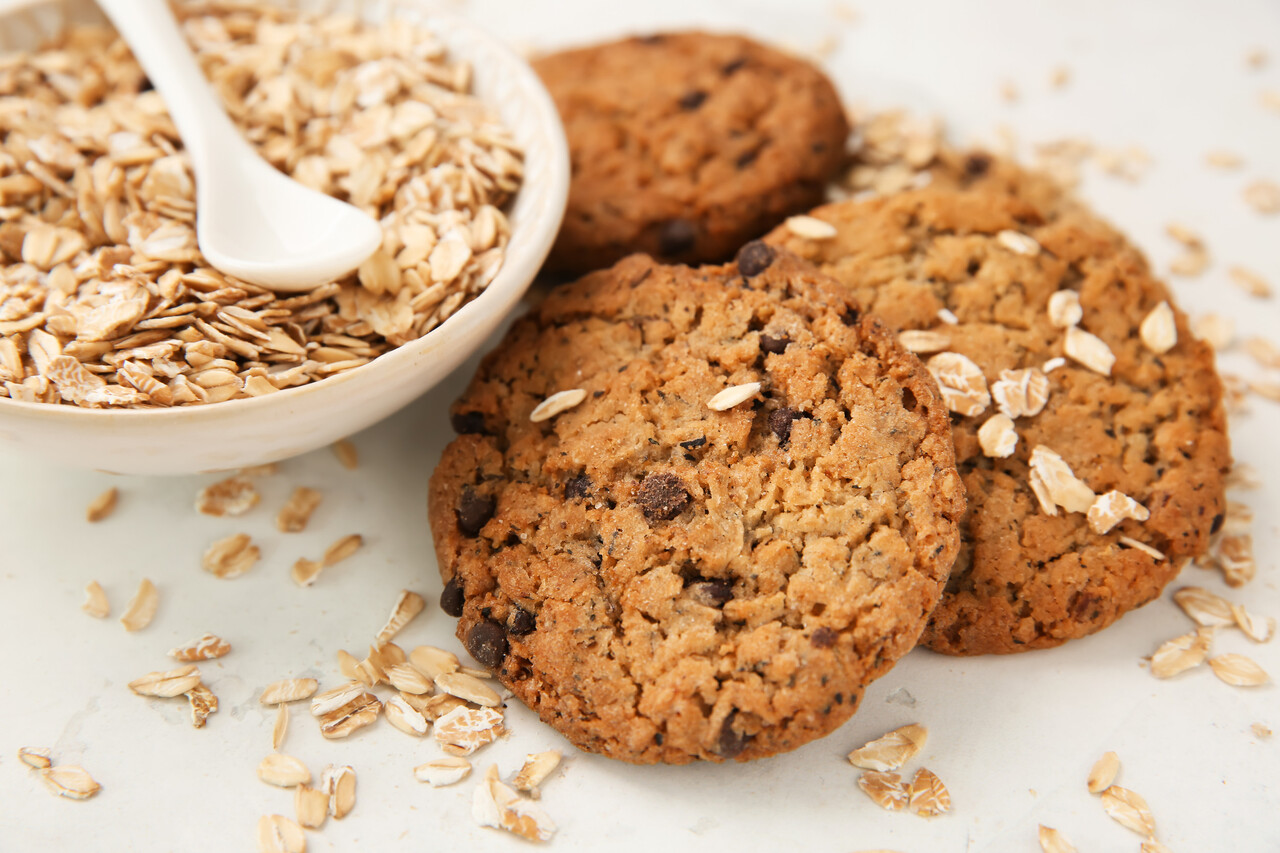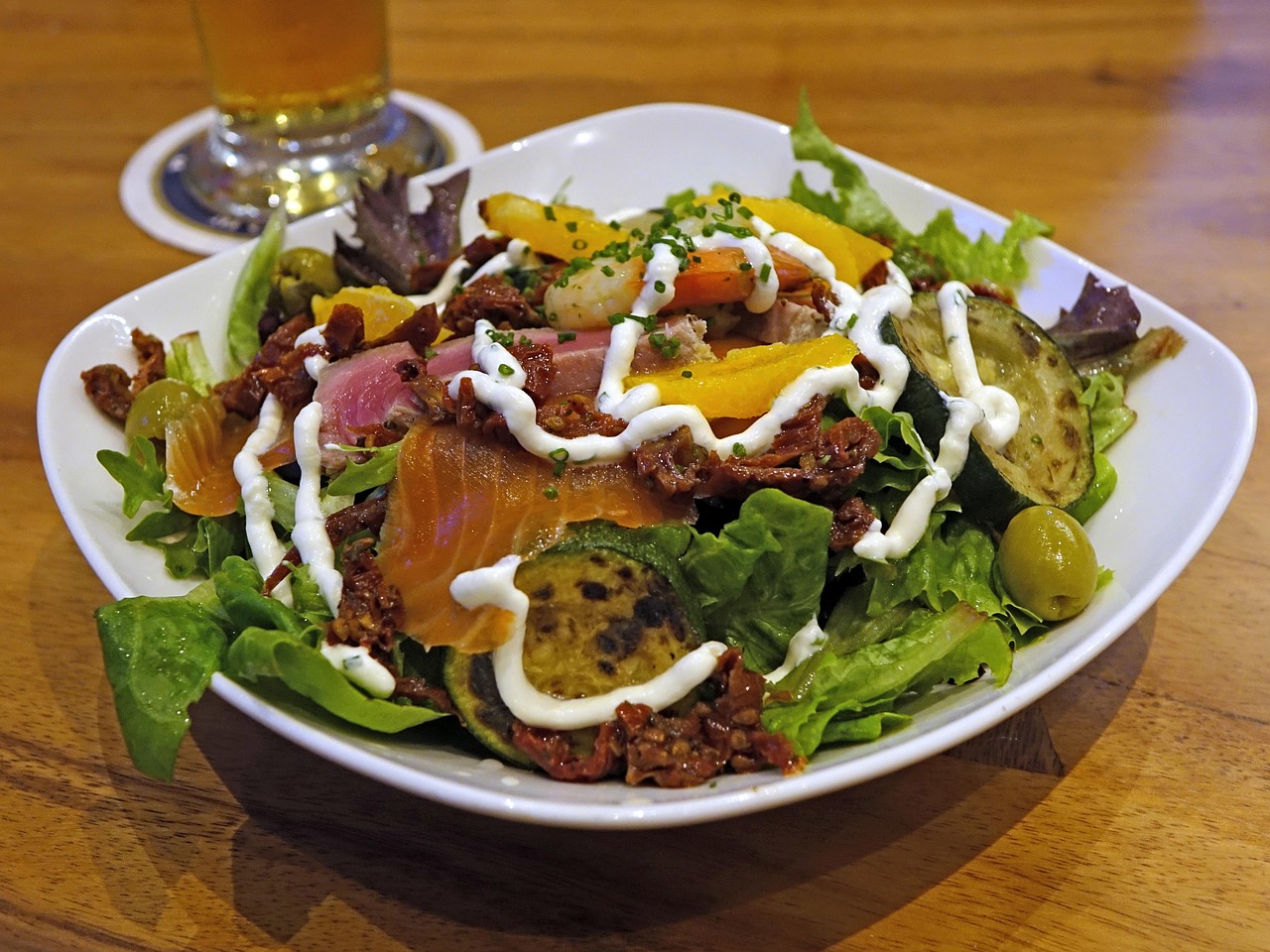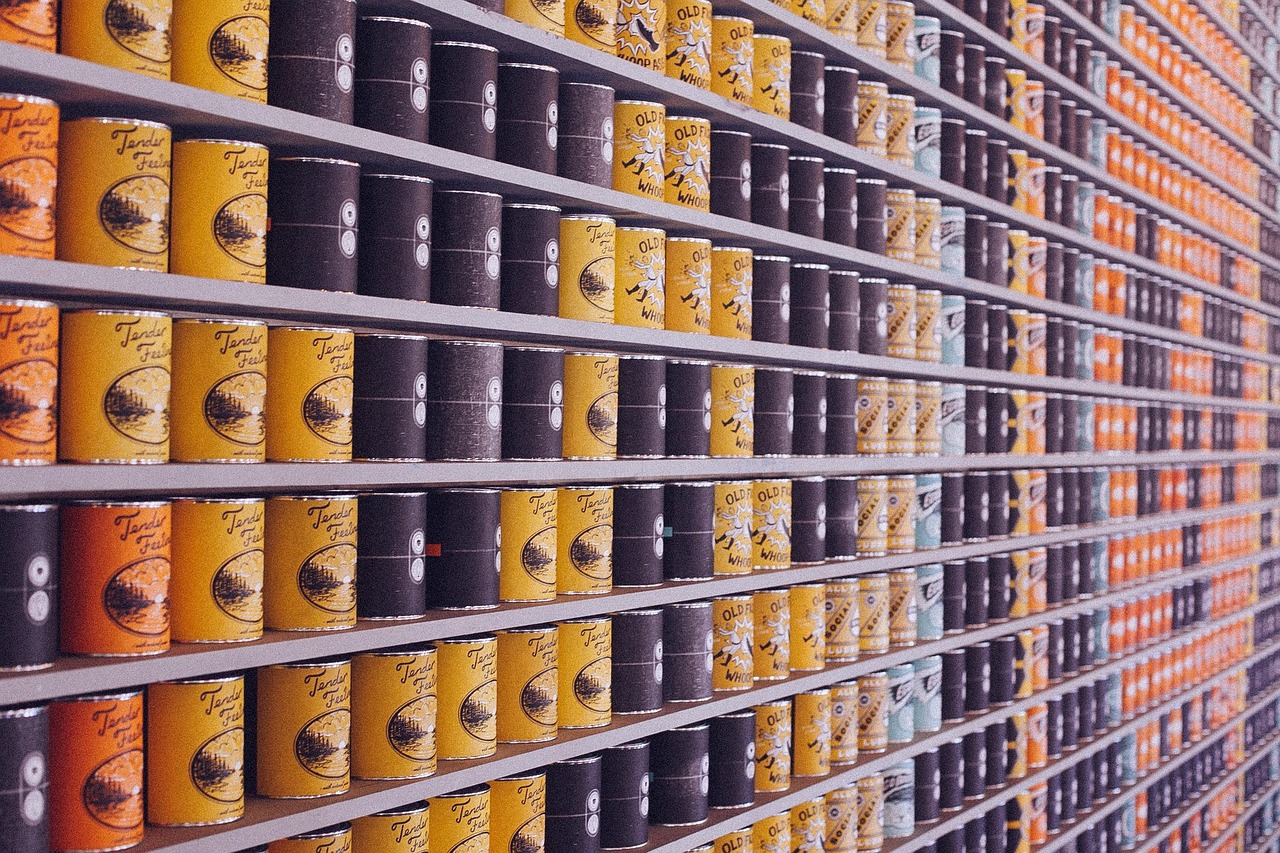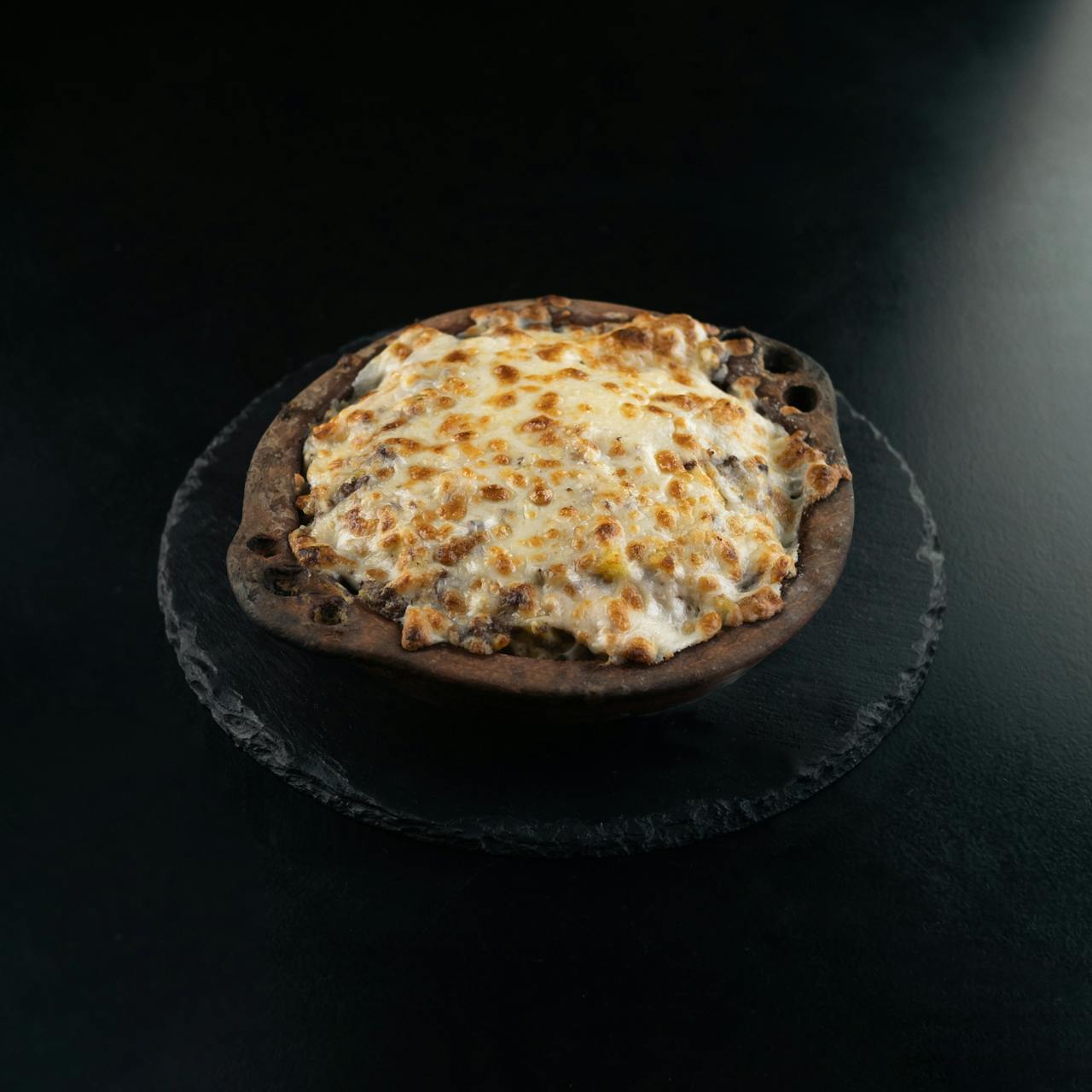7 Common Foods That Turn Toxic When Reheated
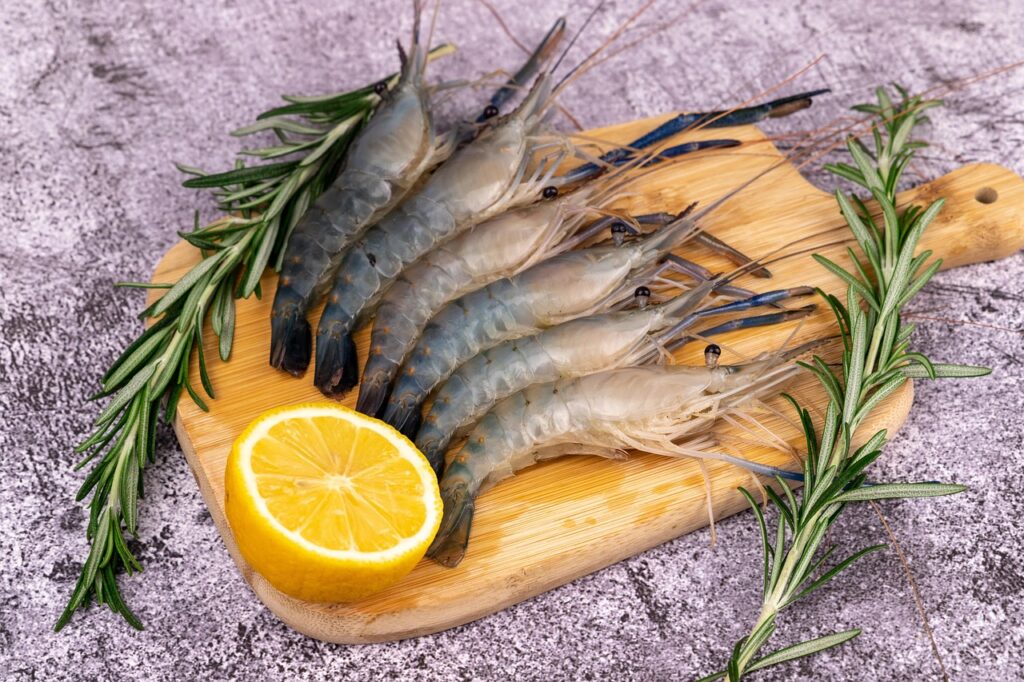
You probably rely on leftovers to save time, and most of the time, they are perfectly safe. Still, some foods change in ways you might not expect once they cool and get reheated. Their proteins shift, their starches behave differently, or bacteria find an easy opening. Here’s the thing. You do not need to fear your fridge, but you should know when a simple heat-up can cause problems. When you understand how these foods behave, you avoid the slip ups that lead to stomach trouble and wasted meals.
1. Eggs
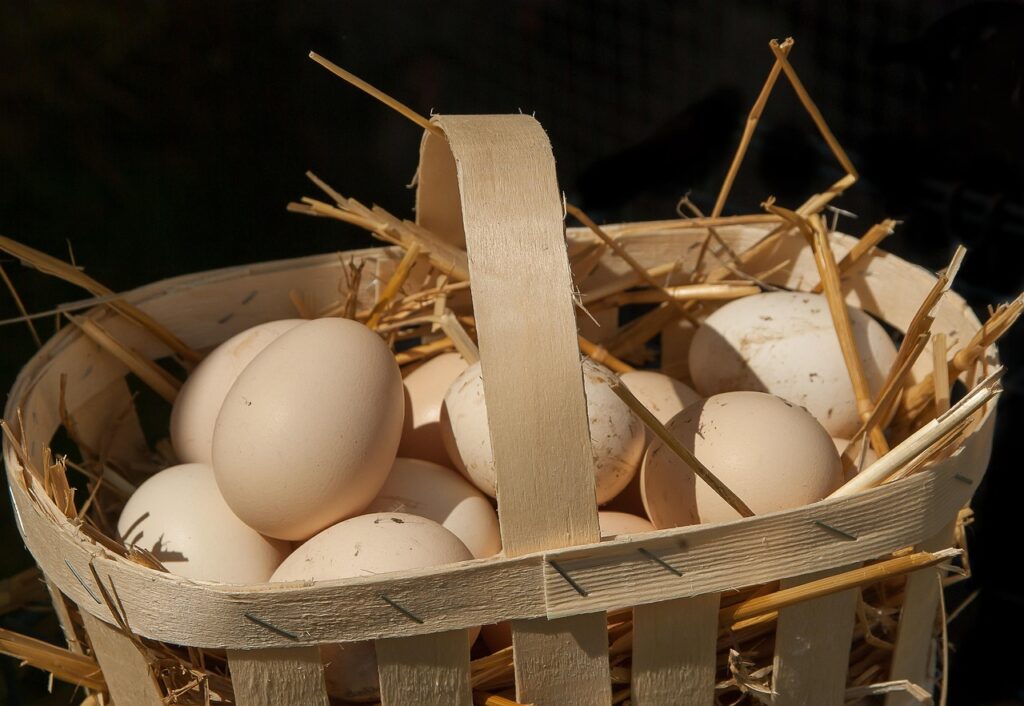
When you reheat cooked eggs, you risk more than a rubbery texture. As eggs cool, their proteins tighten and trap moisture in a way that encourages rapid bacterial growth if you store them poorly. When you heat them again, the outside warms fast while the inside stays cooler longer, which gives bacteria a chance to survive. You also change the flavor and structure enough that the result feels off. You stay safer when you eat cooked eggs fresh or chill them fast and use them cold in salads or sandwiches.
2. Spinach
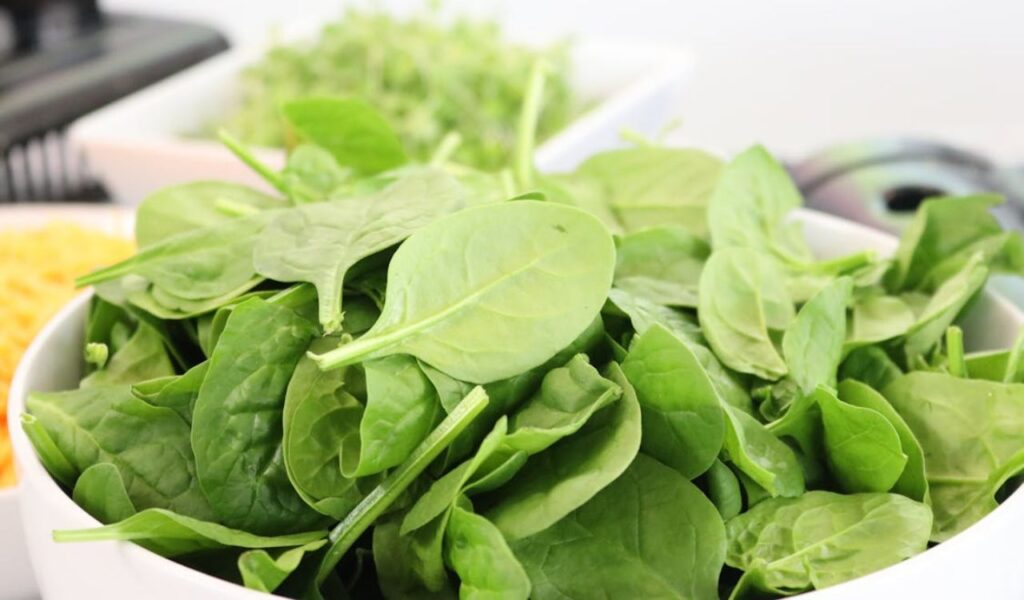
Spinach holds nitrates that turn into nitrites and then potentially harmful compounds if you heat the leaves more than once. You also deal with its high water content, which cools slowly and gives microbes room to multiply while it waits in your fridge. When you reheat it, you might not hit a high enough temperature to kill them. If you want to use spinach again, add fresh leaves to hot dishes right before serving, or cool cooked spinach quickly and keep it chilled until you eat it cold.
3. Chicken
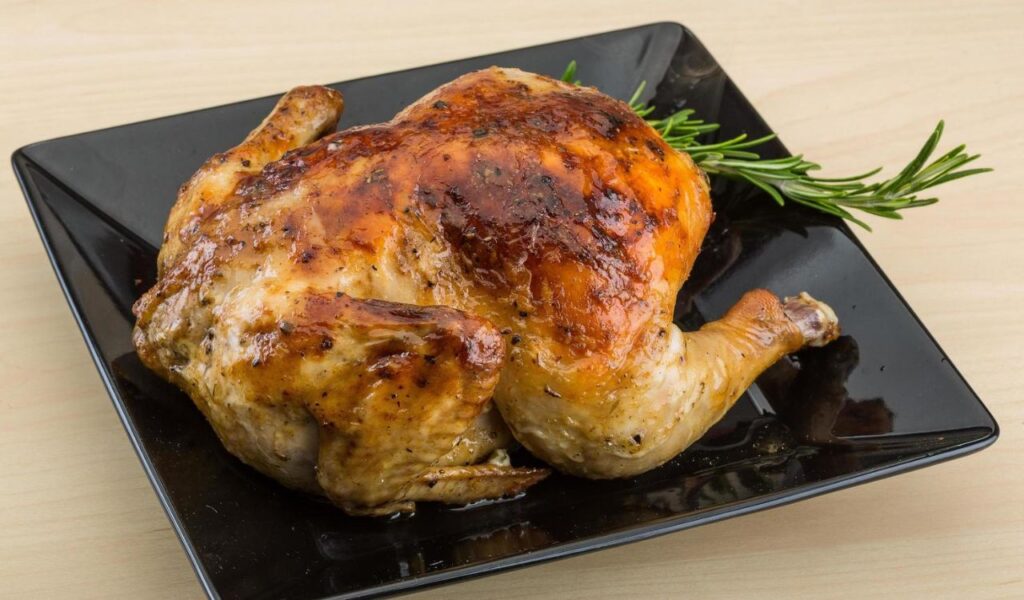
You might think chicken is safe to reheat if it looks fine, but its dense protein fibers behave differently. Once cooked, the proteins tighten as they cool, and reheating them unevenly means some parts stay below a safe temperature longer. This gives surviving bacteria, especially in larger pieces, a chance to linger. You also get a dry, tough texture that makes the meal less appealing. If you need leftovers, cut the chicken into smaller pieces before cooling and heat it evenly until steaming.
4. Rice
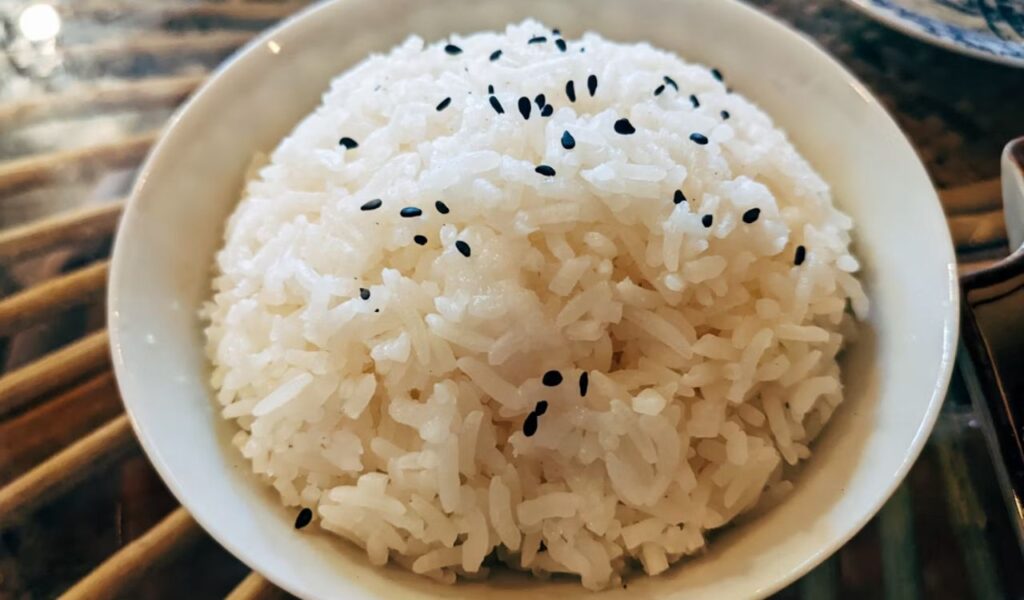
Rice seems harmless, but it can hide spores of Bacillus cereus that survive cooking. When rice cools slowly, those spores wake up and multiply. Reheating does not always kill the toxins they produce, so even hot rice can cause trouble. What this really means is you need to move cooked rice into the fridge fast and keep the container shallow so it cools quickly. When you reheat it, heat only what you will eat. If you are unsure how long it has sat out, throw it away.
5. Potatoes

Cooked potatoes are starchy, dense, and slow to cool, which makes them an easy target for bacteria if left out too long. When you reheat them, the heat does not reach the center fast enough to stop any growth that has already started. This is especially true for mashed potatoes left in deep containers. You protect yourself by spreading hot potatoes in a thin layer to cool, storing them promptly, and reheating them until piping hot. If they smell sour or feel sticky, skip them.
6. Mushrooms
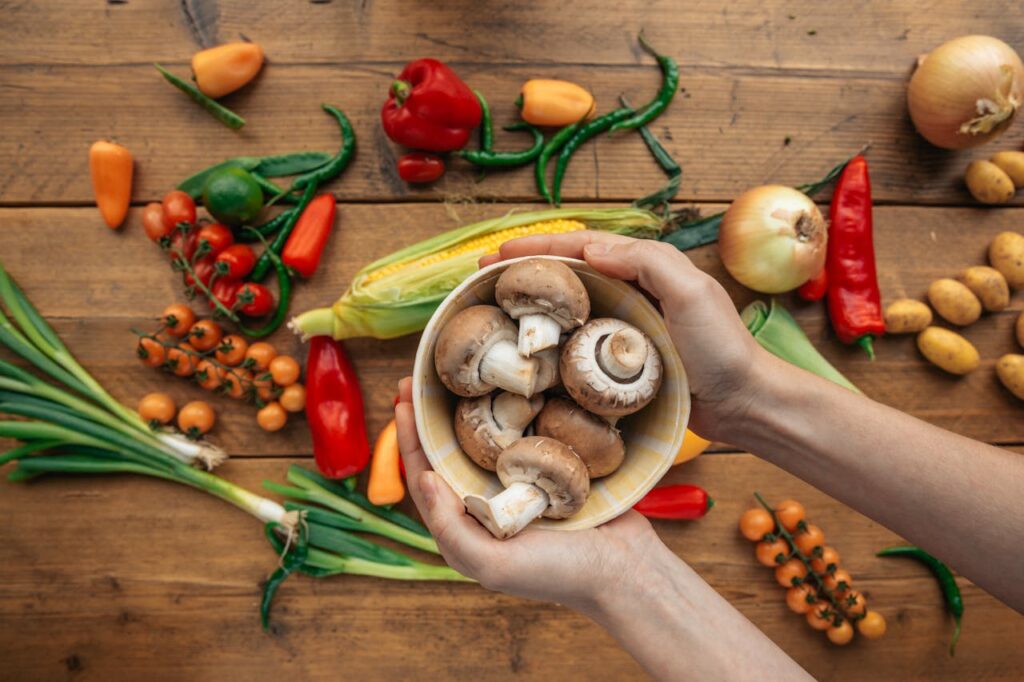
Mushrooms are delicate and full of moisture, so they break down fast when stored after cooking. Their proteins and enzymes shift as they cool, which affects flavor and gives bacteria a foothold. Reheating can make those changes worse and create digestive issues for some people. If mushrooms are part of a larger dish, they might warm unevenly and leave pockets of cooler spots. You are better off cooking only what you need or eating leftover mushrooms cold after proper refrigeration.
7. Seafood
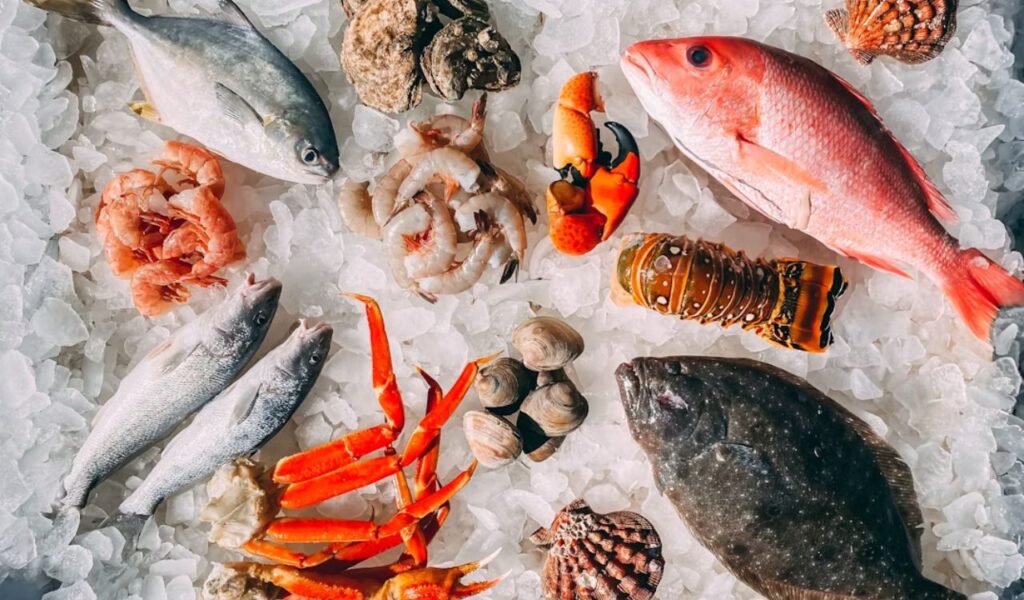
Seafood spoils quickly, even when fresh, and its proteins break down at a pace that speeds up once cooked. When you cool it, bacteria can grow if you do not chill it right away. Reheating does not always fix that, since the texture becomes dry while the center might not reach a safe temperature in time. Leftover seafood also develops strong flavors that signal it is past its best. If you need to store it, cool it fast, keep it chilled, and eat it cold or promptly.


